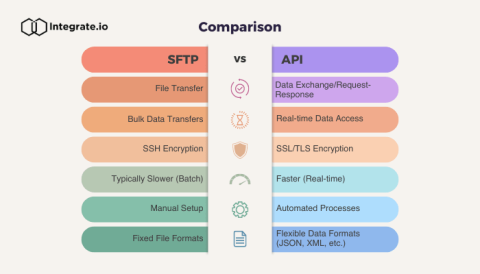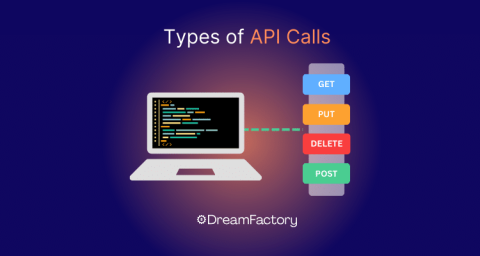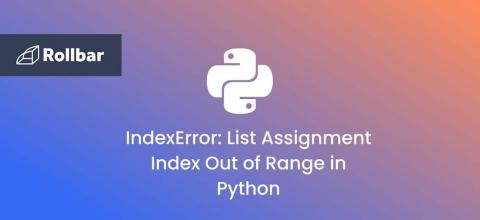Systems | Development | Analytics | API | Testing
%term
SFTP vs. API: How to Determine Which Is Best for You
World-Class Software Sales Executive Melissa Campbell Joins SmartBear as Chief Revenue Officer
What are the Different Types of API Calls Developers Can Use?
An Introduction to RuboCop for Ruby on Rails
Good code has a lot to do with how readable it is. As developers, we more often read code than write it. As my Perl teacher told us many times: the flexibility of Perl's syntax was its best and worst trait at the same time. Ruby's syntax was influenced partly by Perl and is also quite flexible. Whatever language you pick, set some guidelines to avoid overusing a language's flexibility. Style guides for Ruby abound on the web, and it's not difficult to pick a style nowadays.
New Fivetran connector streamlines data workflows for real-time insights
In a survey by the Harvard Business Review, 87% of respondents stated their organizations would be more successful if frontline workers were empowered to make important decisions in the moment. And 86% of respondents stated that they needed better technology to enable those in-the-moment decisions. Those coveted insights live at the end of a process lovingly known as the data pipeline.
SAP selects Tricentis as test automation engine of SAP Cloud ALM
Today, we are pleased to announce the availability of Tricentis Test Automation (TTA) for SAP integrated with SAP Cloud ALM. This release is the result of three years of close collaboration between Tricentis and SAP, and the result brings the best of application lifecycle management and test automation to SAP customers.
Introducing Deployment Tracks in Choreo
As we continuously improve Choreo's capabilities, we're excited to introduce a significant new addition: Deployment Tracks. This empowers users to achieve backward-compatible API releases, ensuring a smoother experience for API publishers and API consumers alike. This transition will entail minor user interface (UI) changes in the Choreo console for your existing components.
Design and Deployment Considerations for Deploying Apache Kafka on AWS
Various factors can impede an organization's ability to leverage Confluent Cloud, ranging from data locality considerations to stringent internal prerequisites. For instance, specific mandates might dictate that data be confined within a customer's Virtual Private Cloud (VPC), or necessitate operation within an air-gapped VPC. However, a silver lining exists even in such circumstances, as viable alternatives remain available to address these specific scenarios.
How to Fix "IndexError: List Assignment Index Out of Range" in Python
The IndexError: List Assignment Index Out of Range error occurs when you assign a value to an index that is beyond the valid range of indices in the list. As Python uses zero-based indexing, when you try to access an element at an index less than 0 or greater than or equal to the list’s length, you trigger this error. It’s not as complicated as it sounds. Think of it this way: you have a row of ten mailboxes, numbered from 0 to 9. These mailboxes represent the list in Python.











